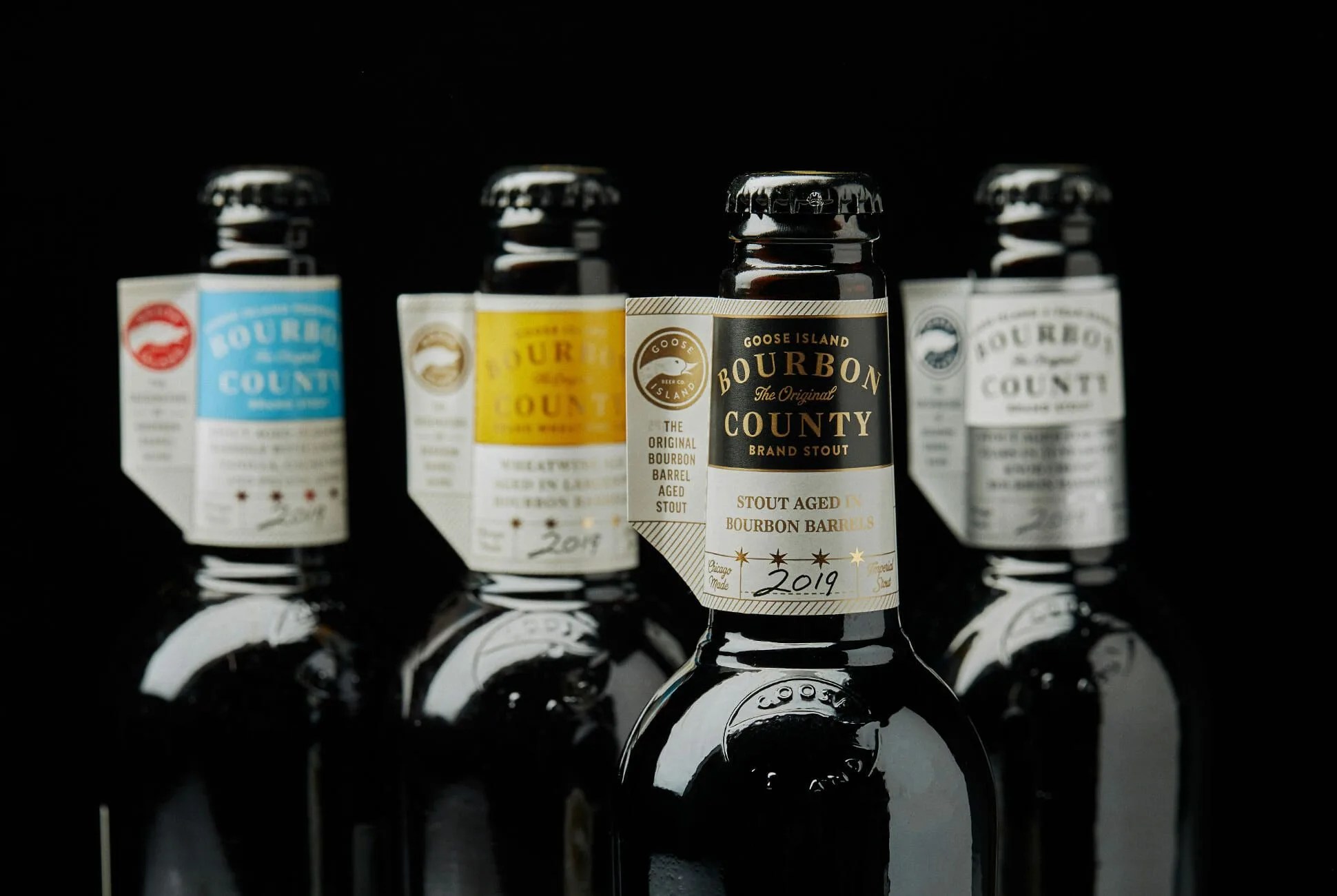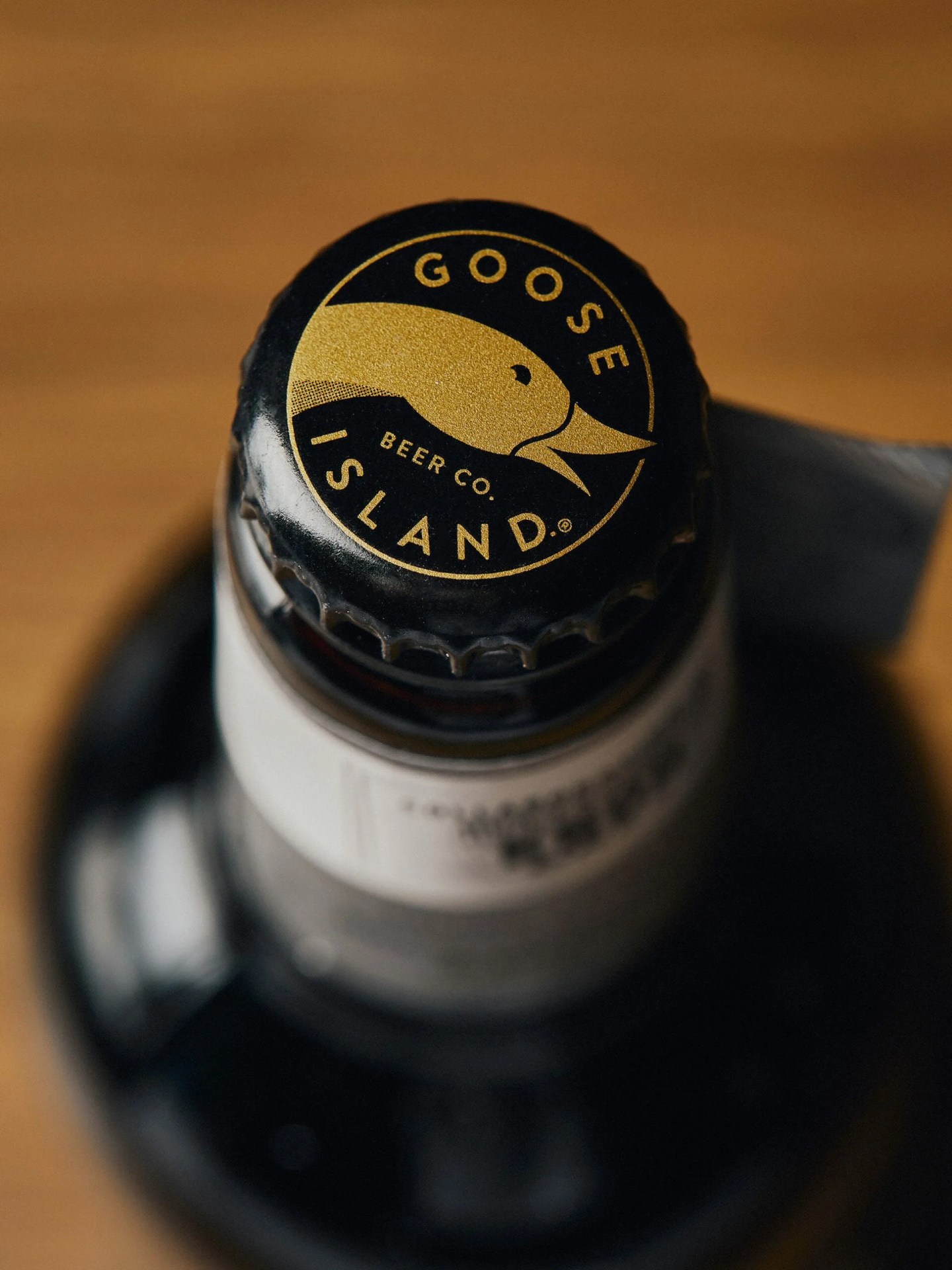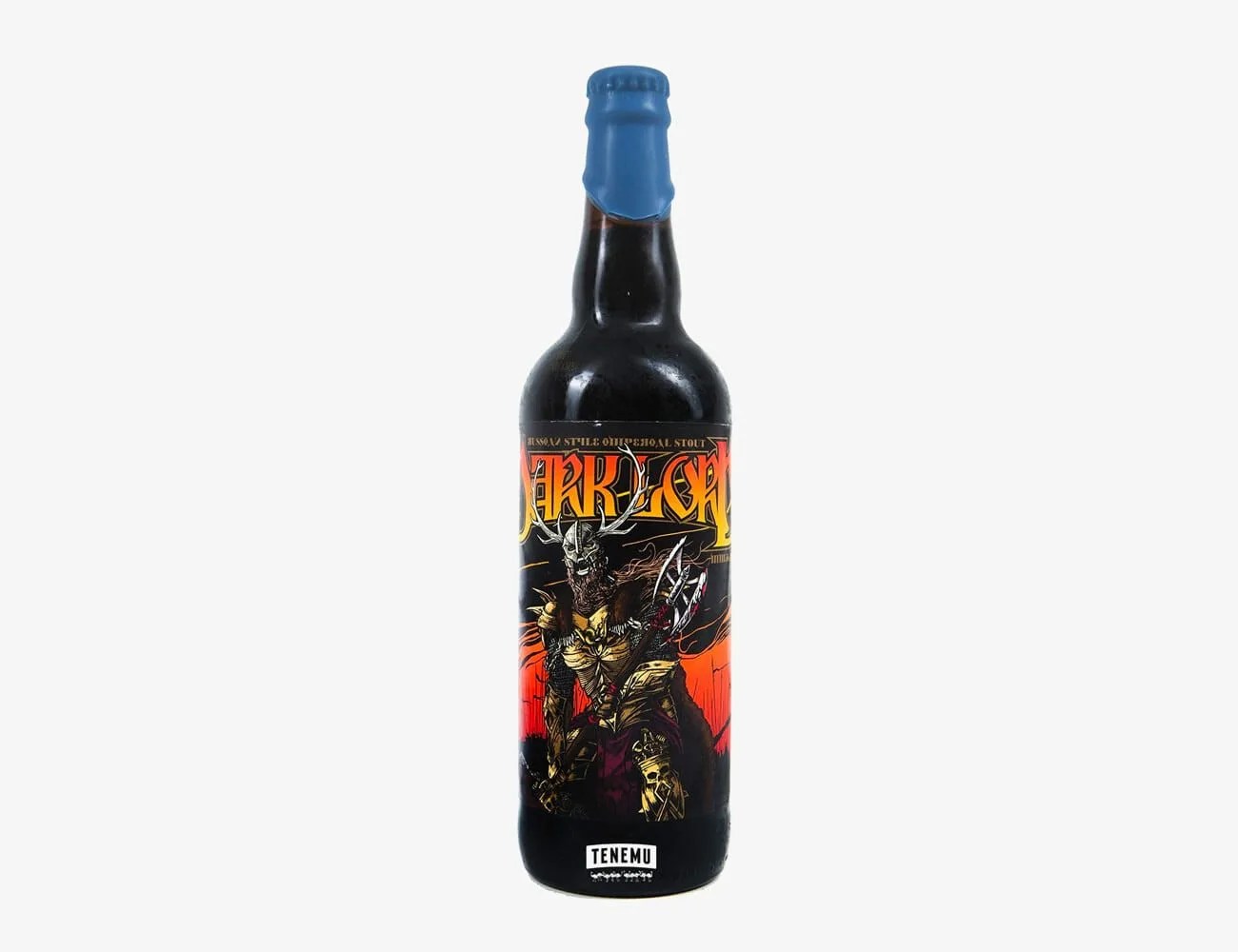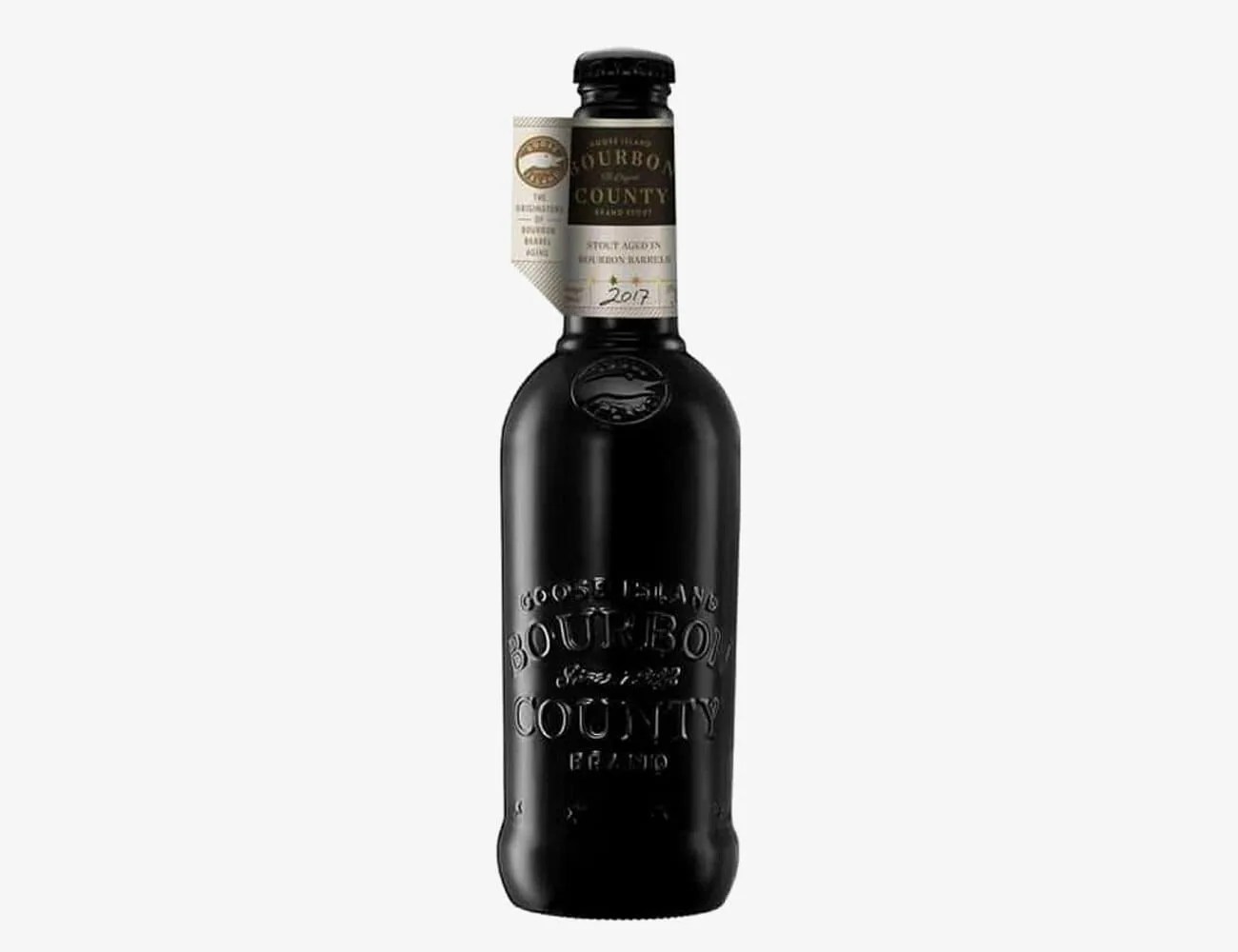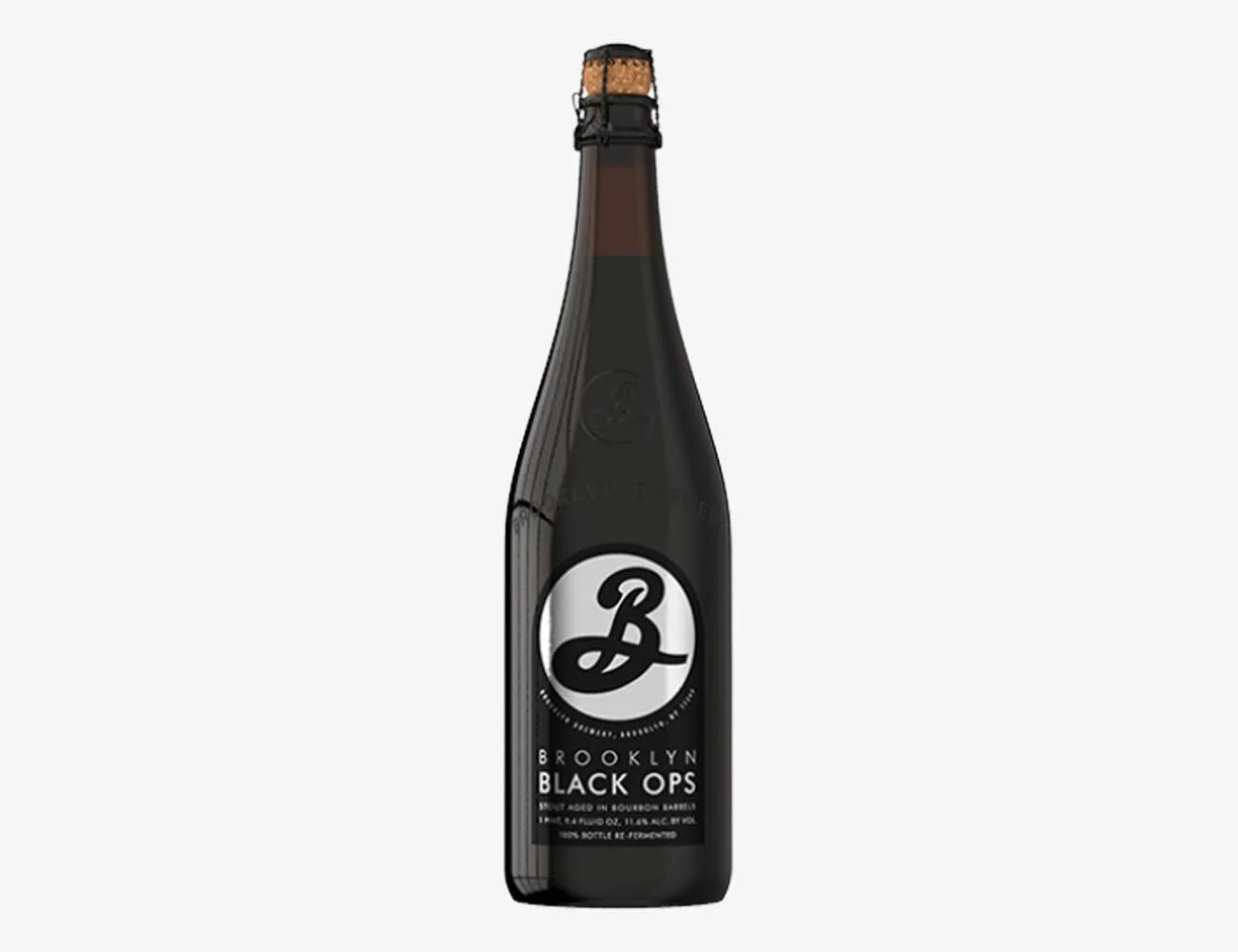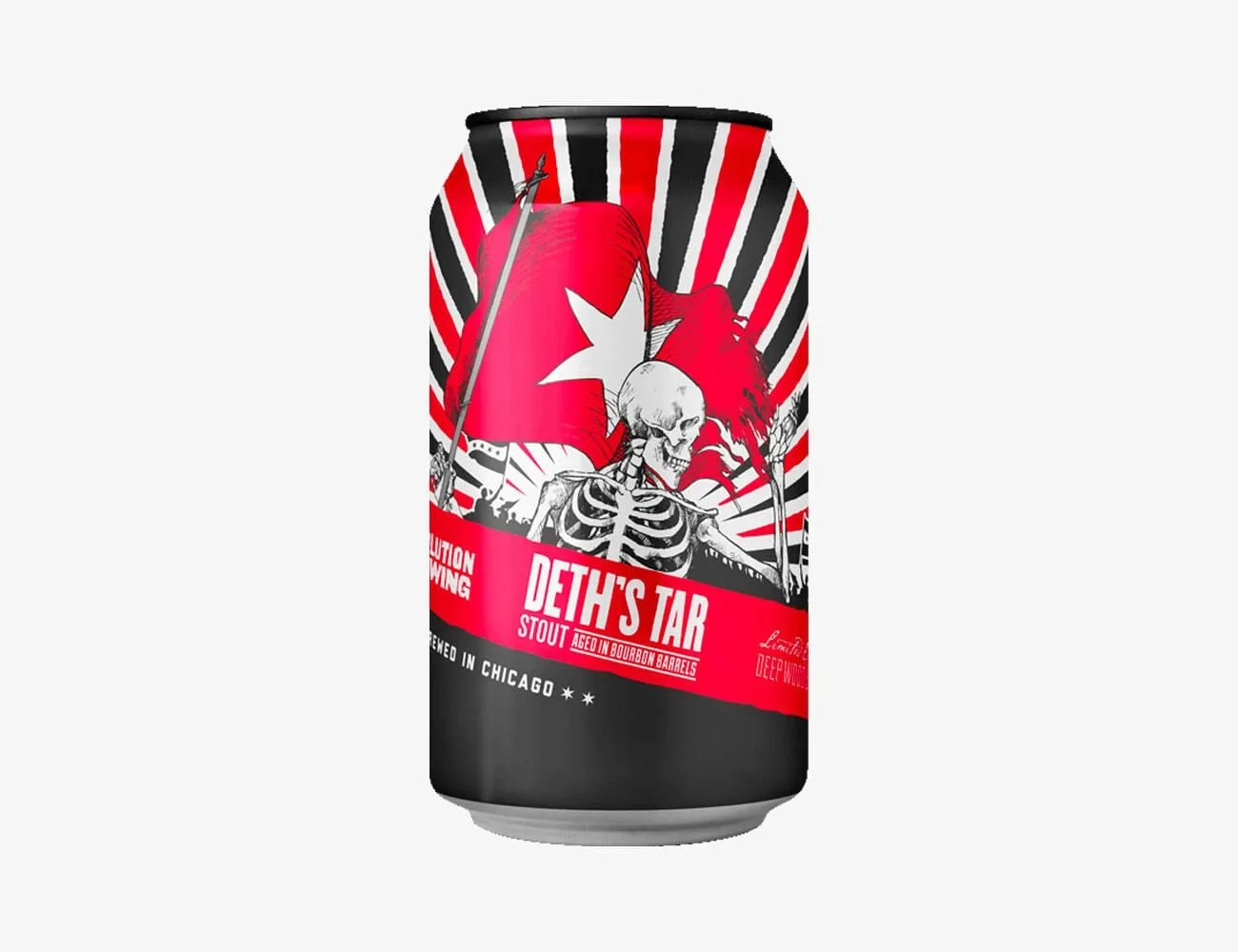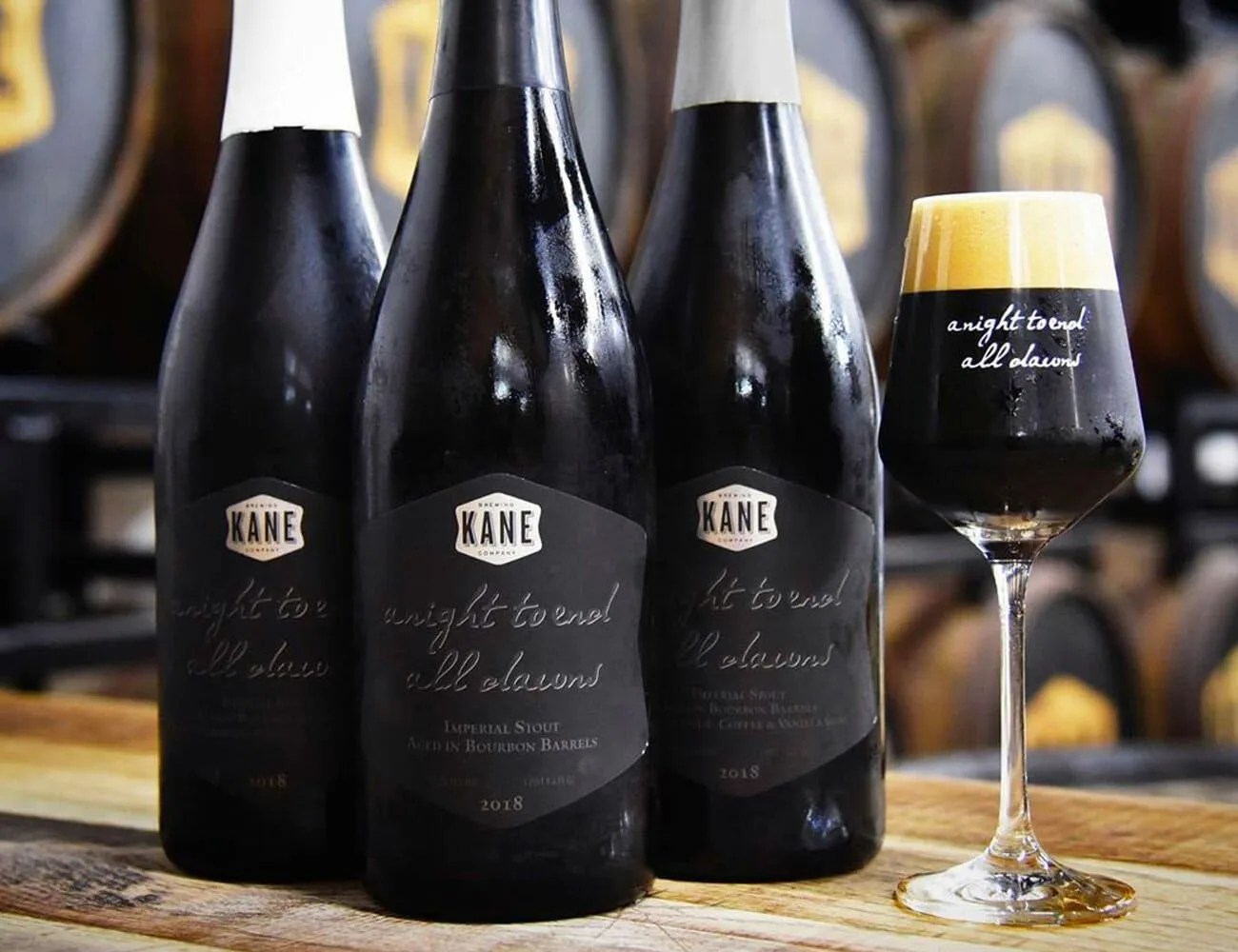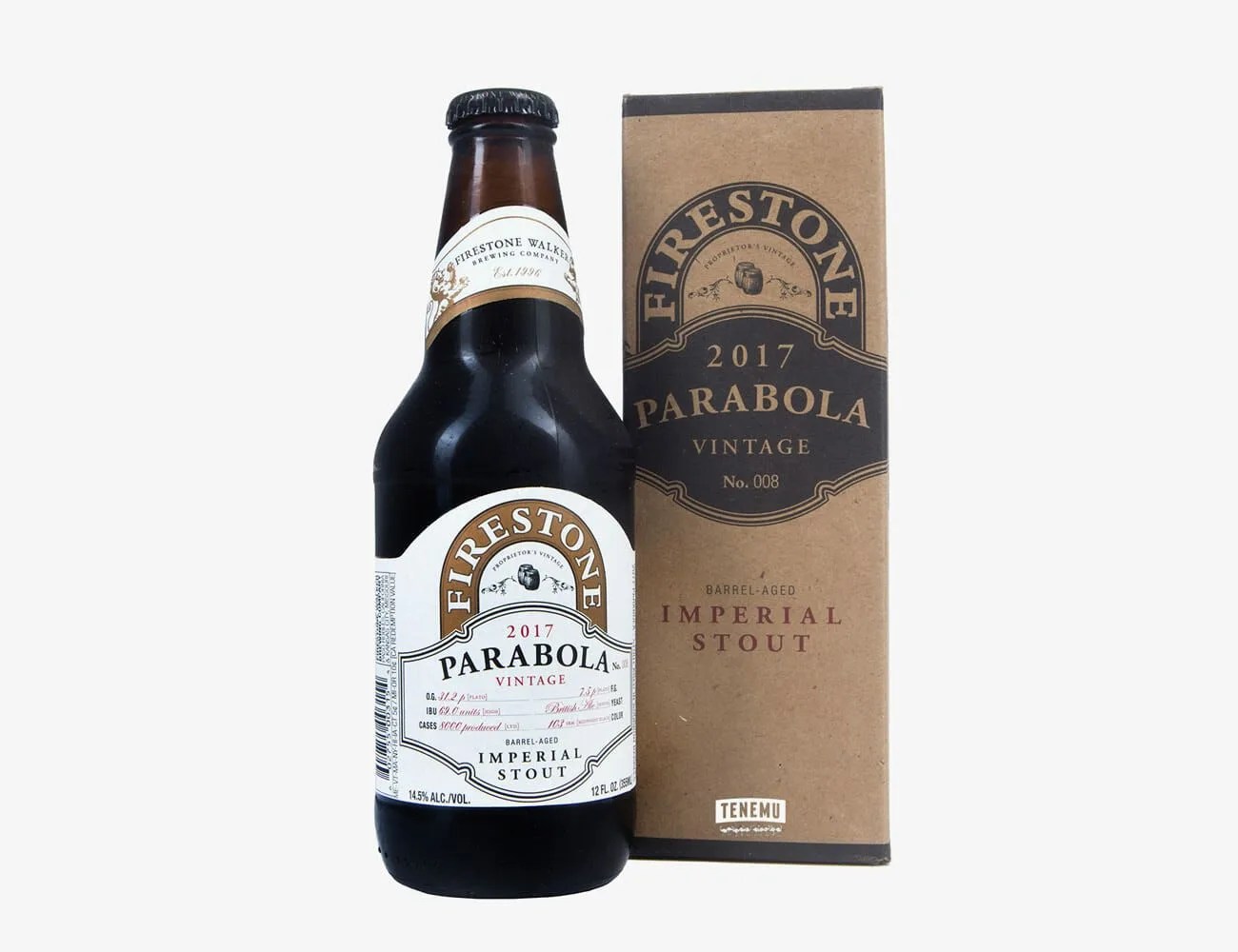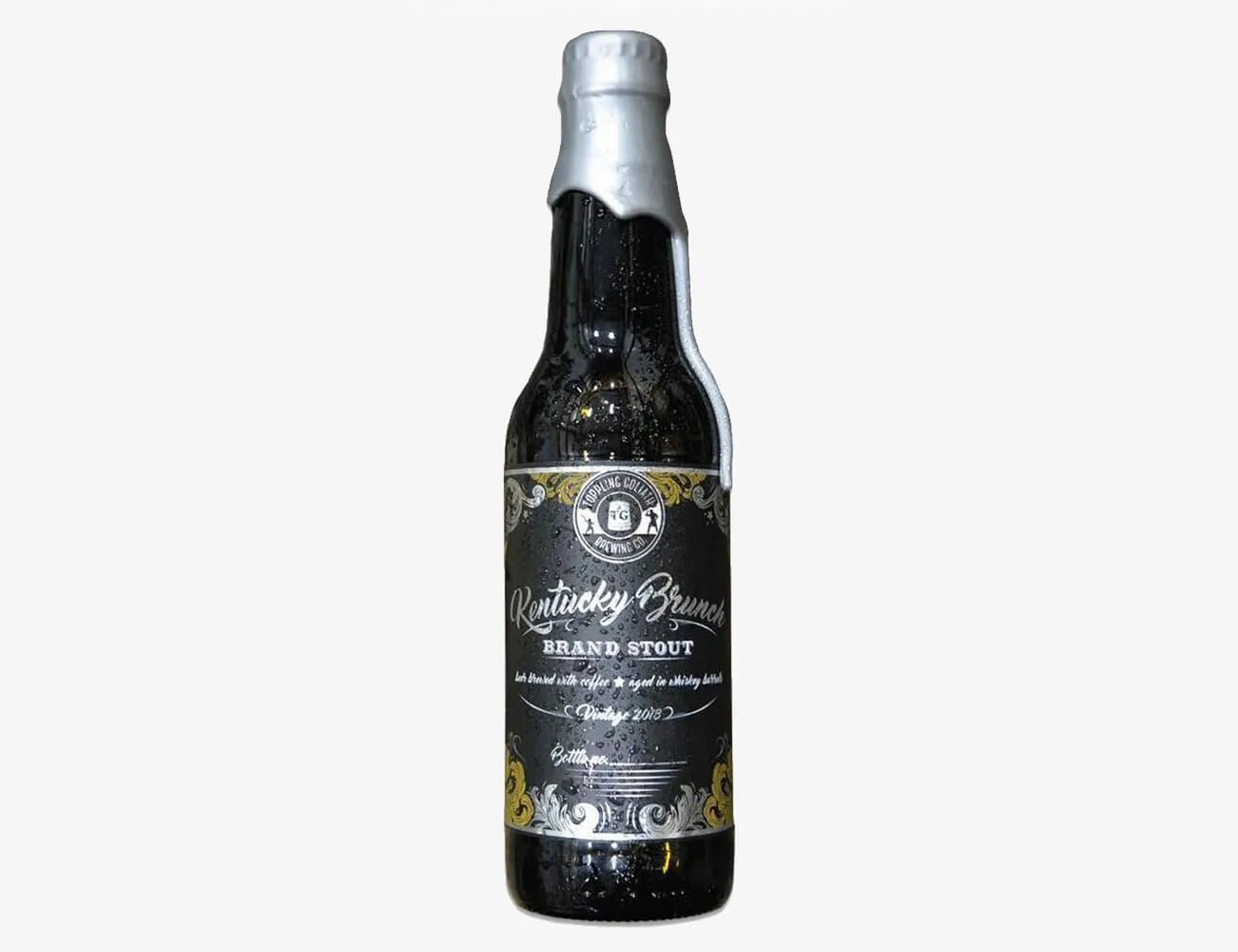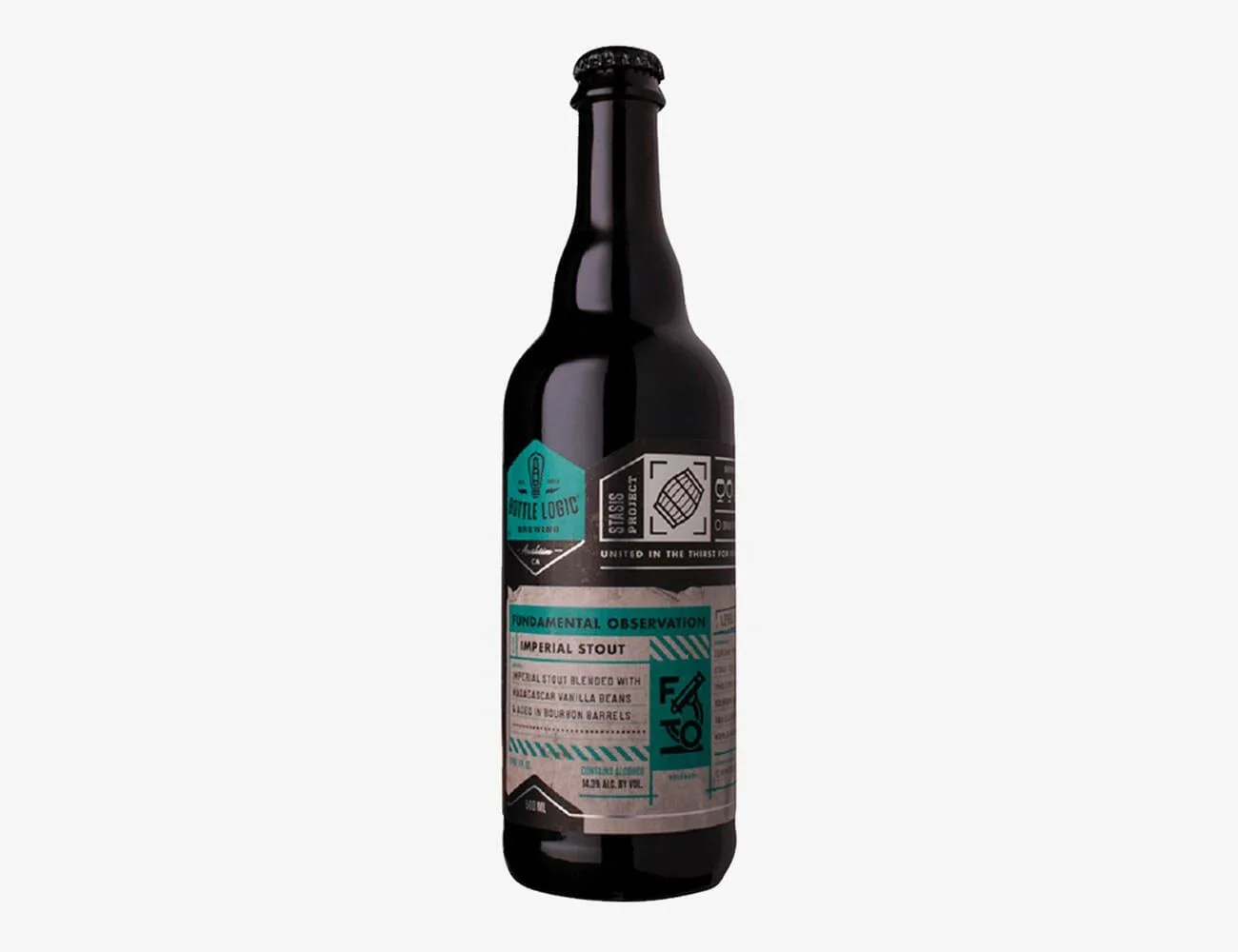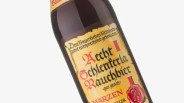This Black Friday, beer lovers will once again line up in frigid temperatures for the annual release of Goose Island’s Bourbon County Stout. Over the past 15 years, the hype and excitement around these iconic bourbon barrel-aged stouts helped spur everything that American craft beer is today. Here’s everything you need to know.
In 1992, Greg Hall was eager. Goose Island’s brewmaster was seated for dinner at LaSalle’s in South Bend, Indiana with industry representatives from prominent cigar, bourbon and beer outfits, listening to a big man with a heavy Kentucky accent wax poetic on the magic of liquid sloshing around charred oak barrels. Hall loosened up. That was it.
On the eve of brewing Goose Island’s one-thousandth batch of beer, Hall had wanted to make something special. Two years earlier, his contemporary and friendly rival brewer Larry Bell of Bell’s Brewery had done this Bell’s Batch 1000 Ale — a head-turning, hard-to-get strong ale — and he wanted to do his own spin on celebrating his one-thousandth batch. It was at that dinner Hall decided his bombshell beer would be a bourbon barrel-aged stout. The only problem was that didn’t exist yet. Not really, anyway.
The man with the Kentucky lilt was Booker Noe, Kentucky Bourbon Hall of Famer, then master distiller of Jim Beam Distillery and the grandson of the Jim Beam, and the beer, which he called Bourbon County Stout, changed beer forever.
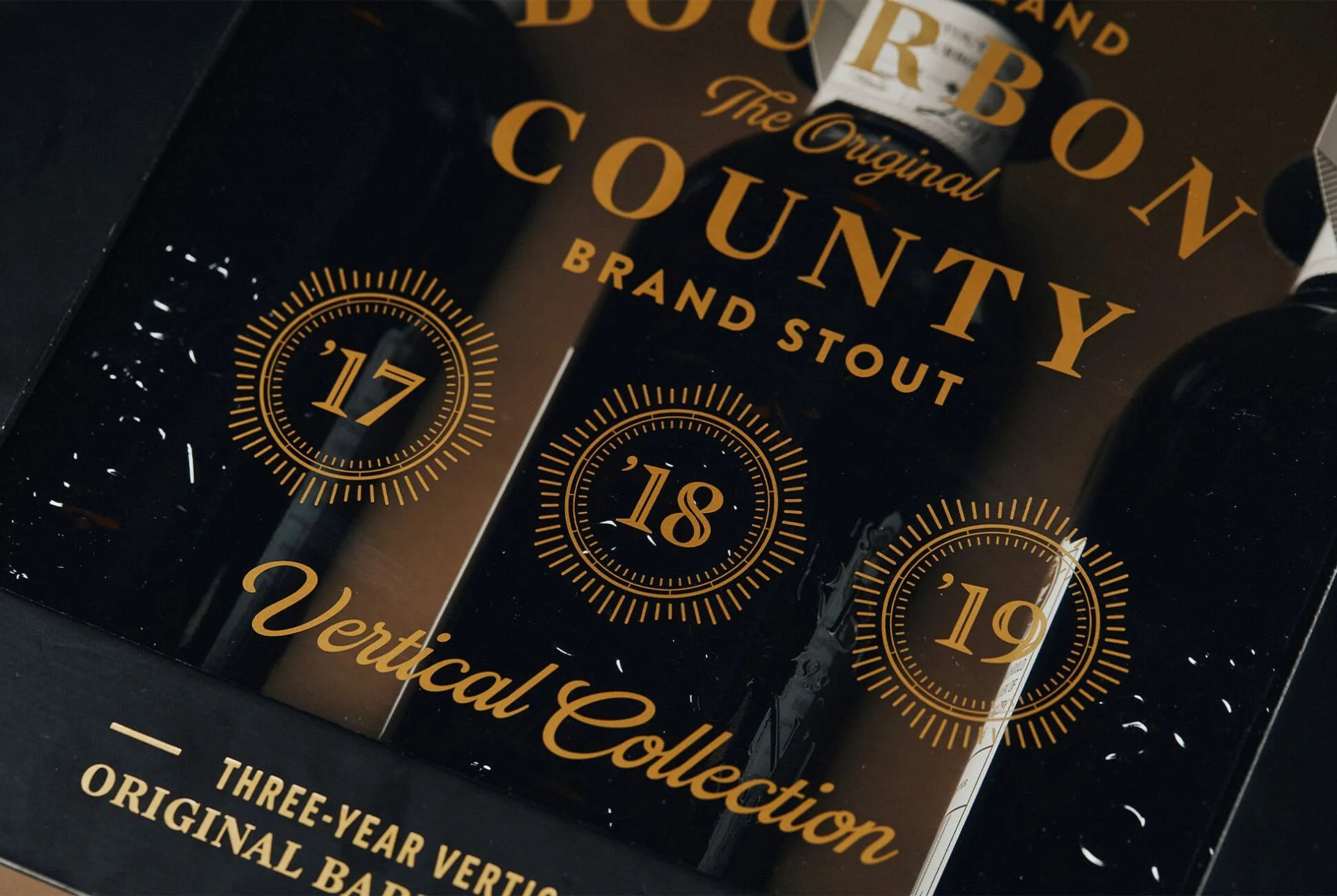
The earliest Bourbon County stouts were not like the Bourbon Country stouts of today, save the basics — they’re rich, dark stouts with sweet chocolate notes and a hint of bourbon bite. In 1995, Hall decided to enter the earliest versions into the Great American Beer Festival (GABF). American craft beer was still in its infancy, and new styles were not accepted so easily (today’s hazy IPAs would have never seen the light of day back then). In the mid-90s, standard brewing practice was replicating and sticking to the tradition of old-world European styles.
